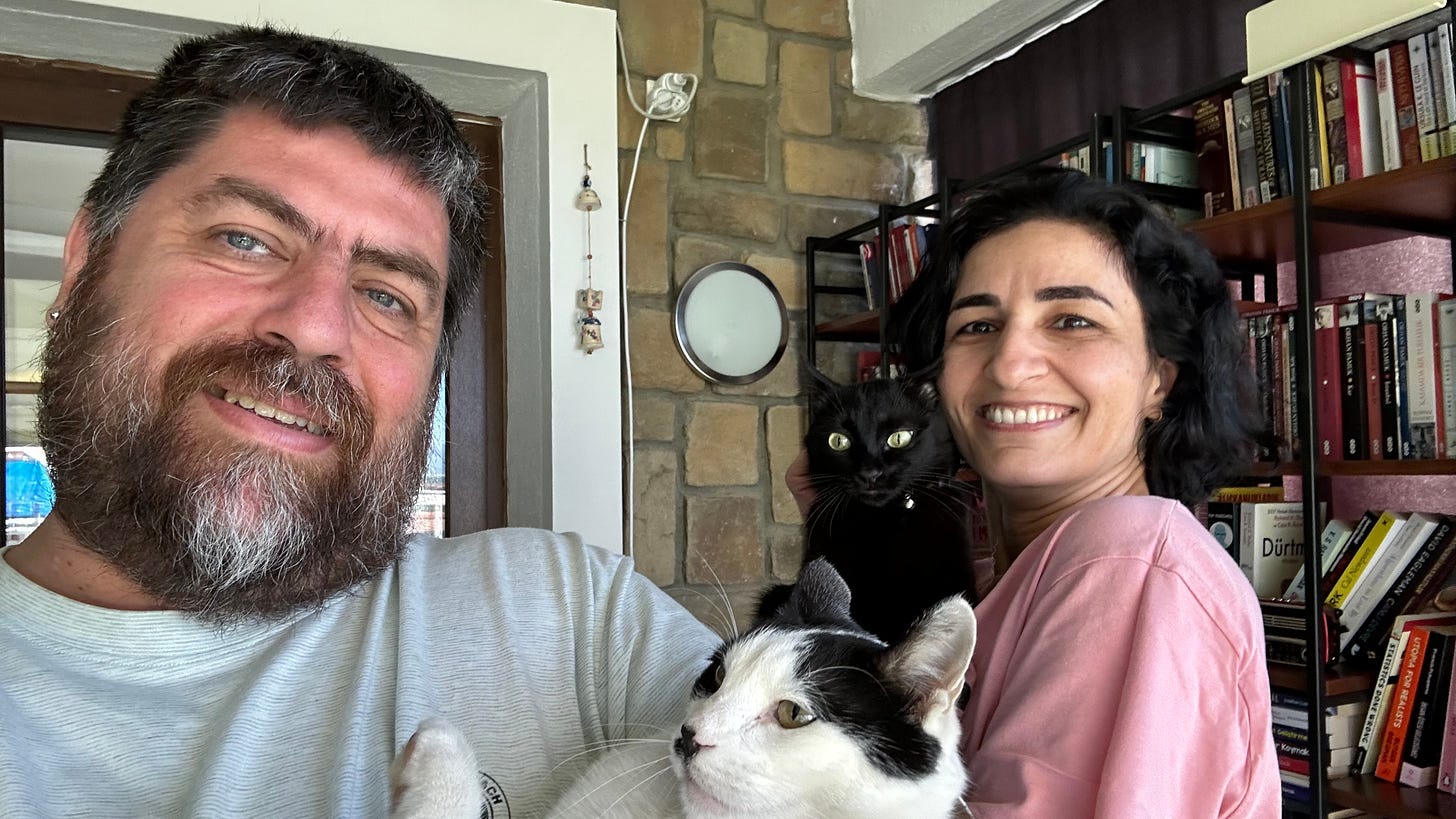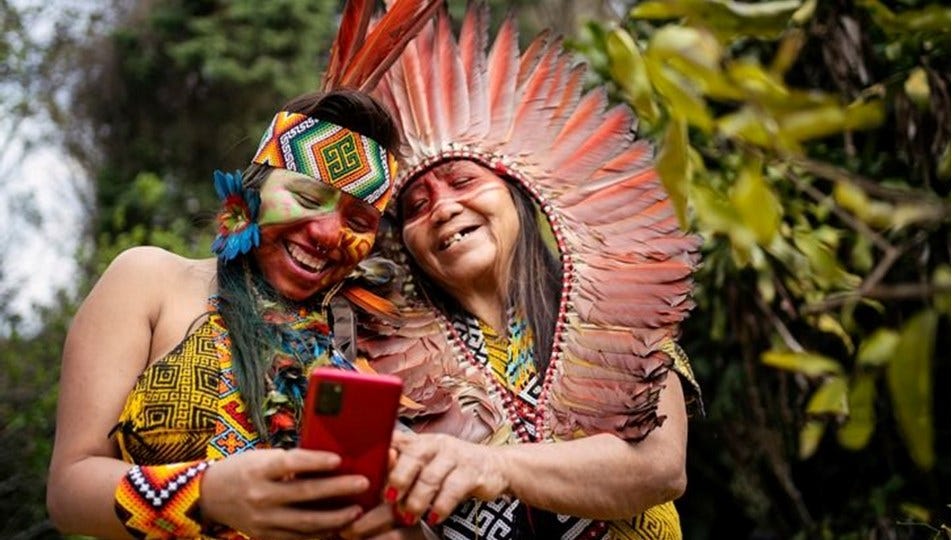Why do people post cat photos under other cat photos?
Branding lessons we can learn from people who share cat pictures
I'm sure you've experienced this too. Someone shares a photo of their pet on social media, and soon others start posting pictures of their own animals. Maybe you're one of those people. I know I am.
"Digital Minds" is an online community I'm part of. It's grown over the years into its own thing, and its main communication channel is WhatsApp groups. Every few weeks, one of our chat groups gets flooded with cat photos. When the conversation in the group gets intense, members start jokingly calling for a cat photo break. Honestly, this post was inspired by one of those first photo floods months ago.
Every time someone shares a cat picture, others follow with their own. It's the same on social media. Pet owners feel a connection with each other. On top of that, sharing our own pets gives us a chance to signal how much we care about animals.
Don't get me wrong. I'm not saying people are lurking in the background waiting to show off their identity. I'm not making a moral judgment. I just think this is something we do naturally. Reflecting on ourselves, comparing with others, and seeking group approval isn't new. We've evolved this way because it's essential for living in communities.
One of the topics I jotted down to write about was: "Why do we yawn when someone else yawns?" Researchers link this behavior to social bonding. From what I’ve read, it goes something like this: One person yawns before bedtime, others join in, and everyone goes to sleep. Anyone who doesn't yawn stays up and might get eaten by a wolf. :)
So it's fair to say that many mimicable behaviors, like yawning, help strengthen social bonds. We even have mirror neurons specialized for this. Sure, there's a cultural aspect to it, but I believe the root is within us. Evolution made us this way.
Think of a one-year-old. They don't even know they have a tongue. But when their mother sticks her tongue out, they copy her—mirroring and imitating. This ability to mimic is how they learn everything. Waving goodbye, shaking their head to say no—these are early examples. There's a reason English teachers say "Repeat after me."
Now that we've gone all the way back to tribal life, let's zoom out from there. What were tribal face paints, feathered headdresses, wristbands, and tattoos for?
I see two reasons. First, to look alike and visually show which group you're part of. Second, to still stand out within that group. Tribal symbols show both what tribe you're in and who you are within that tribe.
In a world where everyone paints their faces and lips to distinguish themselves from other tribes, the one with a crown or feathers is the chief. The one with a staff or a magical stick is the shaman. Human history is full of this kind of signaling. It's become almost existential.
In the Middle Ages, people used lawns to signal wealth. These grass areas had no agricultural value and required lots of work. Having them meant spending a lot of money for no return—just to show you're rich. You couldn't harvest anything, and you had to plant, water, and maintain it constantly.
Wearing a crown, sitting on a throne, or having your face on currency are all royal signals. When you hear "knight," you don't picture a peasant but a noble in armor. And armor was expensive!
It's the same today. Some professions wear uniforms—soldiers, police, doctors. Their shoulders, pockets, and name tags carry symbols only their peers fully understand. Religious leaders and sect members also dress distinctively.
From tribal tattoos to haircuts, mustache styles, the kind of cat you own, or a signature sticker on your car, we use all these to signal who we are. And in modern times, we’ve added a new tool: brands.
Your phone, your car, your jacket, the fancy restaurant you post on social media, the hotel you choose for vacation, the neighborhood you live in, your office chair in online meetings, your cigarette brand, your favorite coffee shop—they’re all ways we signal our identity today.
As brands become more common, they shape public perception. These perceptions come with assumptions about who uses them. Over time, these turn into identities. When we use a brand, we also take on that identity. Often subconsciously, we know what message using that brand sends. We don’t use feathers and paint anymore—we use what we consume.
Anyone born into the modern world absorbs these meanings with almost no effort. Likewise, we learn to express ourselves through brands just as effortlessly. Whether talking face-to-face or posting online, we know how we appear to others. We use identity signaling to gain social approval, likes, admiration.
Building a brand means constructing that kind of meaning. When a consumer uses your product, they get labeled—and they benefit from that label. Remember, people buy products for their benefits. If your brand offers functional value andsymbolic value, it's more likely to be chosen and bought again.
And now, a shoutout to the stars of this story: all the pets who’ve joined our family over the years.
Tarçın, Cesur, Lucy, Alice, and Kaju.
I'd love to meet your furry friends too.
Feel free to reply with photos of your cats and dogs. :)






